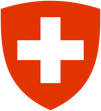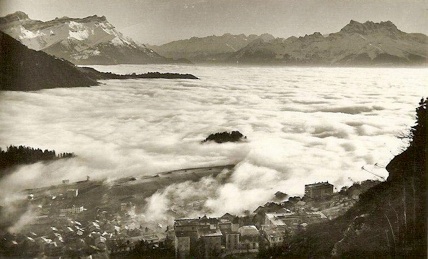Why Switzerland?

Everything Else

-
•Switzerland fights in no wars; instead it serves as the voice for various nations who won’t speak to some others (including my own).
-
•It is the very symbol of citizen democracy (with democratic roots to its founding in 1291); international peace (its neutrality has been recognized since 1815); global cooperation (it hosts the United Nations among many other international organizations); and clean growth (it was named the greenest economy in the world in 2008).
-
•Though a very small country, Switzerland has had stable borders with all five neighbors since 1860—a record among European nations.
-
•It is the hydrologic source of three major river drainages that flow through a dozen countries with diverse languages to reach three different seas.
-
•With few natural resources of its own and mountain-sized barriers to commerce, Switzerland harnessed international trade and prudent land management to lift itself from poverty to wealth in half a century.
The View from Leysin
The bigger the vista, the wider my soul. Maybe I always felt this way, but the connection came fully alive when I was seven years old and we moved to a mountain village in Switzerland.
My family lived in a chalet on a steep pasture with a ski lift 30 meters behind the house. The view from our porch was out of this world. The ground plunged 1,000 meters to valleys of cloud (“the Sea of Fog” it was called), and ringing this sea were spectacular mountains.
To the west near the edge of France was the Dents du Midi (“Teeth of Noon”), on which Dad climbed new routes. Visible far to the south rose the peaks above the French town of Chamonix, where we once lived in a campground while Dad climbed the mountains above. To the south and east marched a progression of ragged summits with Celtic and French names meaning “tooth,” “abode of devils,” and “tower.”
The horizon was my soul’s domain, and I feel it still whenever I return. What I didn’t know then was that eventually I would hike back to Leysin near the end of a three-month journey around all of Switzerland’s borders—a nation’s political horizon, encompassing the soul of a people.


Chalet Pollux, our home in Leysin.
Leysin above the sea of fog, with Dents du Morcle (left), Dents du Midi (right), and in the background, peaks along the French border near Chamonix.








